Resistors, capacitors, inductors, diodes, how to analyze basic circuits using Kirchhoff's laws. Experiments on these topics usually use a polar opposite device: solderless breadboards.
Solderless breadboards are certainly useful for realizing the "Hello, World!" effect on electronic devices--Lighting the LEDs. However, after the first few circuits with only 3, 4, 5 or 6 components (e.g. 2nd order low-pass filter as shown in Fig. 1), the probability of misconnections, shorts, opens and worst of all intermittent connections rises dramatically.
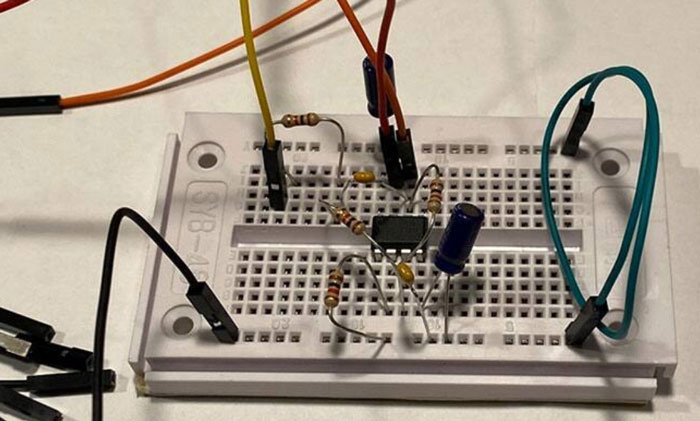
Figure 1. Typical "simple" breadboard circuit.
As circuit complexity and the number of components increase to a decision point where breadboarding becomes impractical, it becomes technically essential and economically feasible to produce circuit boards. Thanks to the abundance and variety of low-cost, free, open-source layout software, coupled with low-cost circuit board manufacturers, the complexity of this decision point has become quite low.
After the most basic circuits such as voltage dividers, simple RC filters, diodes, and a transistor amplifier or two, the next component is often exposed to the operational amplifier, or "op amp". Operational amplifiers (purely analog) are extremely versatile components. Even in 2024, as people begin to focus on Artificial Intelligence (AI), computer science, digital this and software that, there will always be small signals from the physical world that need to be amplified, and weak signals that need to be boosted, often by driving Analog-to-Digital Converters (ADCs), and the signals will then go completely digital. And vice versa, signals from the digital world are converted to analog signals, amplified, and delivered to radio transmitters, speakers, earbuds, or monitors for eventual use by humans (definitely analog).
To make the first few operational amplifier circuits is not complicated, consisting of the operational amplifier itself, a power bypass capacitor, and a few passive components that determine the function. Examples include:
-Voltage follower/unity gain buffer
-Gain of -1 (analog inverter)
-Gain of +2
-Other inverting and non-inverting gains
-Differential amplifiers
-Integrator (and low-pass filter)
-Differentials (and high pass filters)
The circuit in Figure 2 is designed to test, measure, and explore all of these configurations. In addition, the configurations are jumper-selected, making it easy to switch between functions to build intuition faster-for example, switching back and forth between inverting and non-inverting gain, or between a differentiator and an integrator.
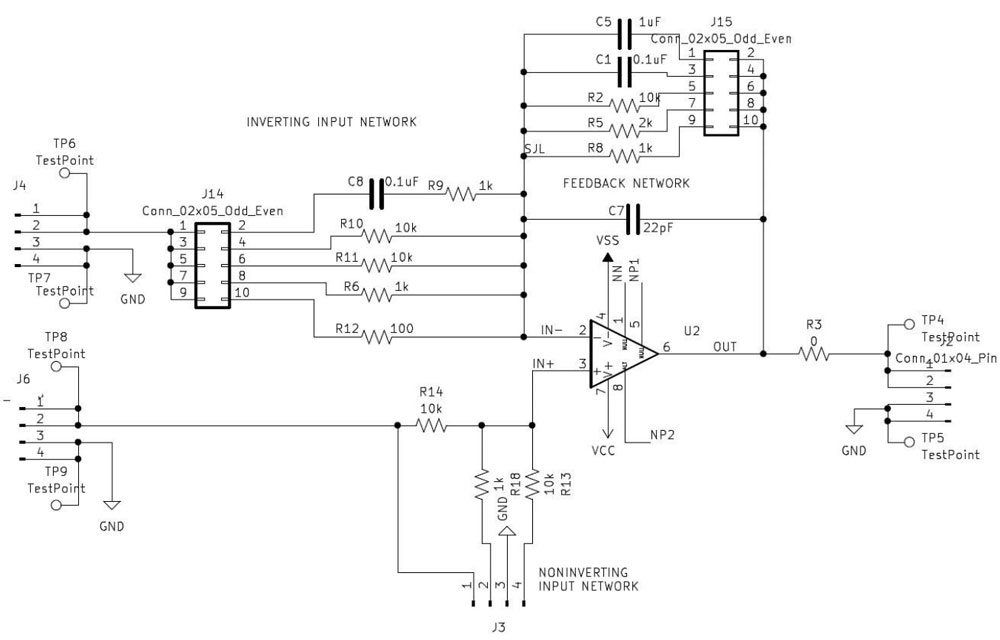
Figure 2a. Schematic of the operational amplifier board Kicad.
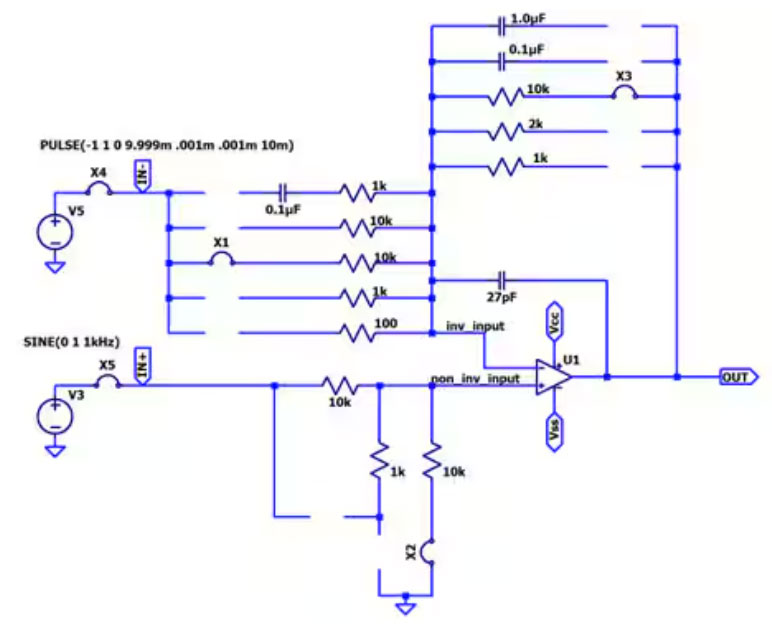
Figure 2b. Schematic of LTspice, an operational amplifier board for simulation.
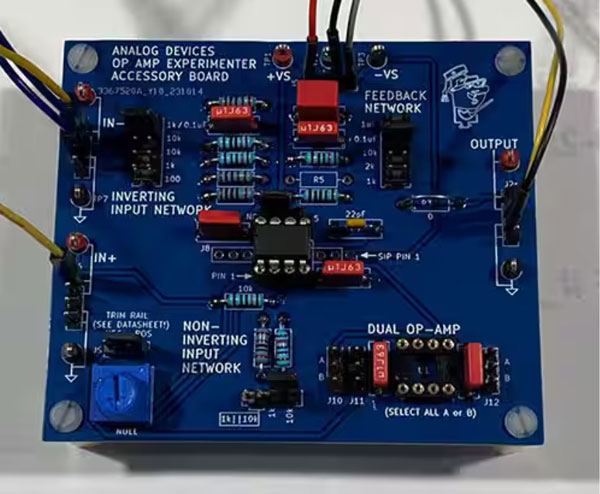
Figure 2c. Operational Amplifier Experiment Board
The board accommodates a wide range of op amp types, and individual devices can be replaced by installing sockets on the board. Both single and dual op amps have a standard 8-pin layout. The extra pins on the single op amp serve a variety of functions, the most common being offset adjustment via a potentiometer with a wiper connected to one of the power rails; this function is fully supported.
Before going to the bench, it is a good idea to complete the circuit design on paper, calculating the expected behavior based on the selected components. After entering all the component values, LTspice simulations are provided to provide another method for predicting the behavior of the circuit, including both transient (time-domain) and AC (frequency-domain) responses4.
Finally, turn on the power switch to see how the circuit behaves in the real world. Analog Device's ADALM2000, but the board can be used with virtually any bipolar benchtop power supply, signal generator, and oscilloscope, as well as other versatile test instruments like Red Pitaya's STEMlab board.
Starting with the OP97 amplifier in the ADALP2000 parts kit, which has a very wide power supply range from ±2.25 V to ±20 V, the power output of the ADALM2000 is set to ±5 V accordingly.
A more interesting circuit is configured on the board as a differential amplifier with a 1 kHz, 1 Vp-p sine wave applied to the non-inverting input and a 100 Hz, 1 V sawtooth wave applied to the inverting input. With this waveform, we can clearly observe the polarity reversal at the inverting input as shown in Fig. 3a (LTspice simulation) and Fig. 3b (measurement results). Channel 1 (orange) is the output of the operational amplifier and channel 2 is the inverting input of the circuit.
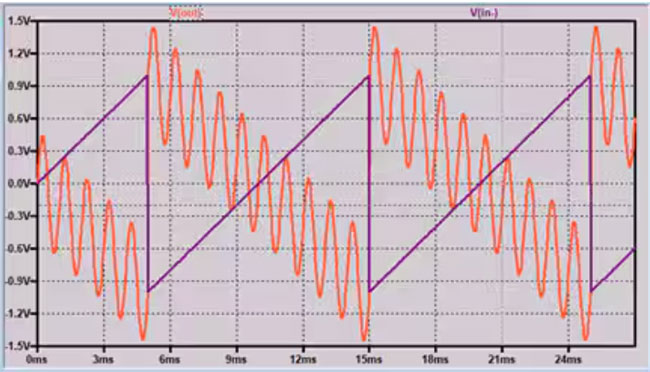
Figure 3a. Differential Amplifier LTspice Simulation
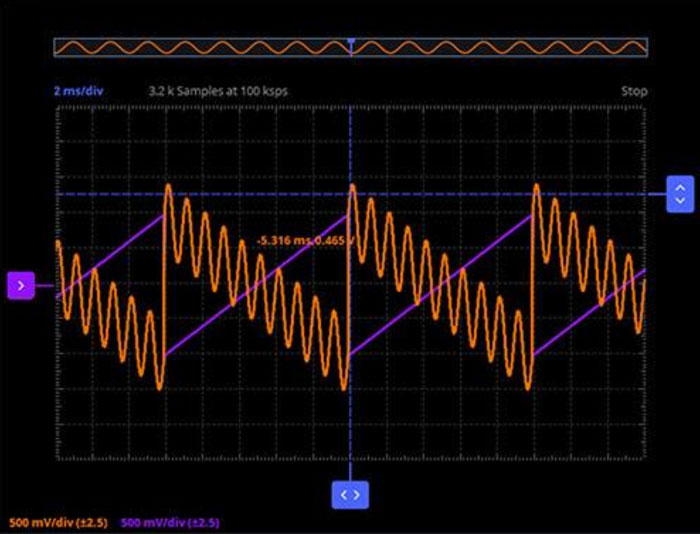
Figure 3b. Differential Amplifier Measurement Results
Now that the circuit is up and running, it is possible to switch back and forth between the other configurations and explore the expected behavior when all the rules are followed. Just as importantly, the limitations when those rules are violated can also be explored, such as output clipping, input common-mode ranges, bandwidth limitations, and the myriad of other subtleties that make analog electronics so much fun, and without having to worry about bugs, shorts, opens, or loose connections when converting a schematic to breadboard connections.
More articles on the circuit diagram can be viewed here: perceptive-ic.com.



























